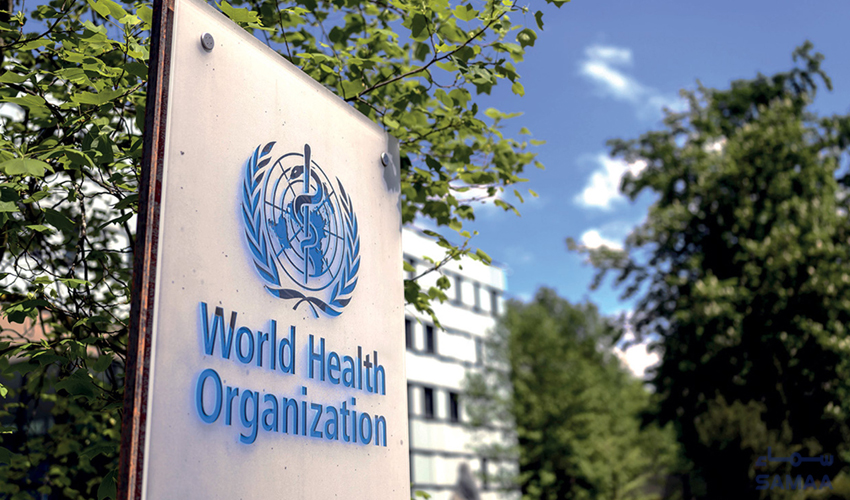The World Health Organization (WHO) has raised concerns over its ability to manage the risk posed by the H5N1 bird flu virus to humans due to inconsistent surveillance.
This comes as the United States reported a fourth human case of H5N1 avian influenza linked to infected dairy cows, and Cambodia reported two cases in children who had contact with sick or dead chickens.
"At present, no human-to-human transmission has been reported, which is why WHO continues to assess the risk to the general public as low," stated WHO chief Tedros Adhanom Ghebreyesus. However, he emphasized that limited surveillance of influenza viruses in animals globally hampers the ability to effectively assess and manage this risk.
Understanding the spread and mutation of these viruses in animals is crucial for identifying any changes that could increase the risk of outbreaks in humans or potentially lead to a pandemic. The WHO has urged all countries to enhance influenza surveillance and reporting in both animals and humans and to share samples and genetic sequences.
The organization also called for better protection for farm workers who might be exposed to infected animals and for increased research on bird flu. Avian influenza A(H5N1) first emerged in 1996, with the 2.3.4.4b clade of the virus, detected in 2020, leading to a significant increase in outbreaks among birds and mammals.
Human cases recorded in Europe and the United States have generally been mild, but the virus has spread among dairy cow herds in the U.S., resulting in four human cases. Maria Van Kerkhove, WHO's head of epidemic and pandemic preparedness and prevention, noted that H5N1 has been detected in 145 herds across 12 U.S. states, with limited sampling suggesting a continued spread.
WHO emergencies director Michael Ryan highlighted the relative ease of eradicating disease in domesticated animals compared to wild animals, where the risk of mixing increases the challenge.
The WHO's call to action underscores the urgent need for comprehensive surveillance and preventive measures to mitigate the risk of H5N1 bird flu to both animals and humans.



























